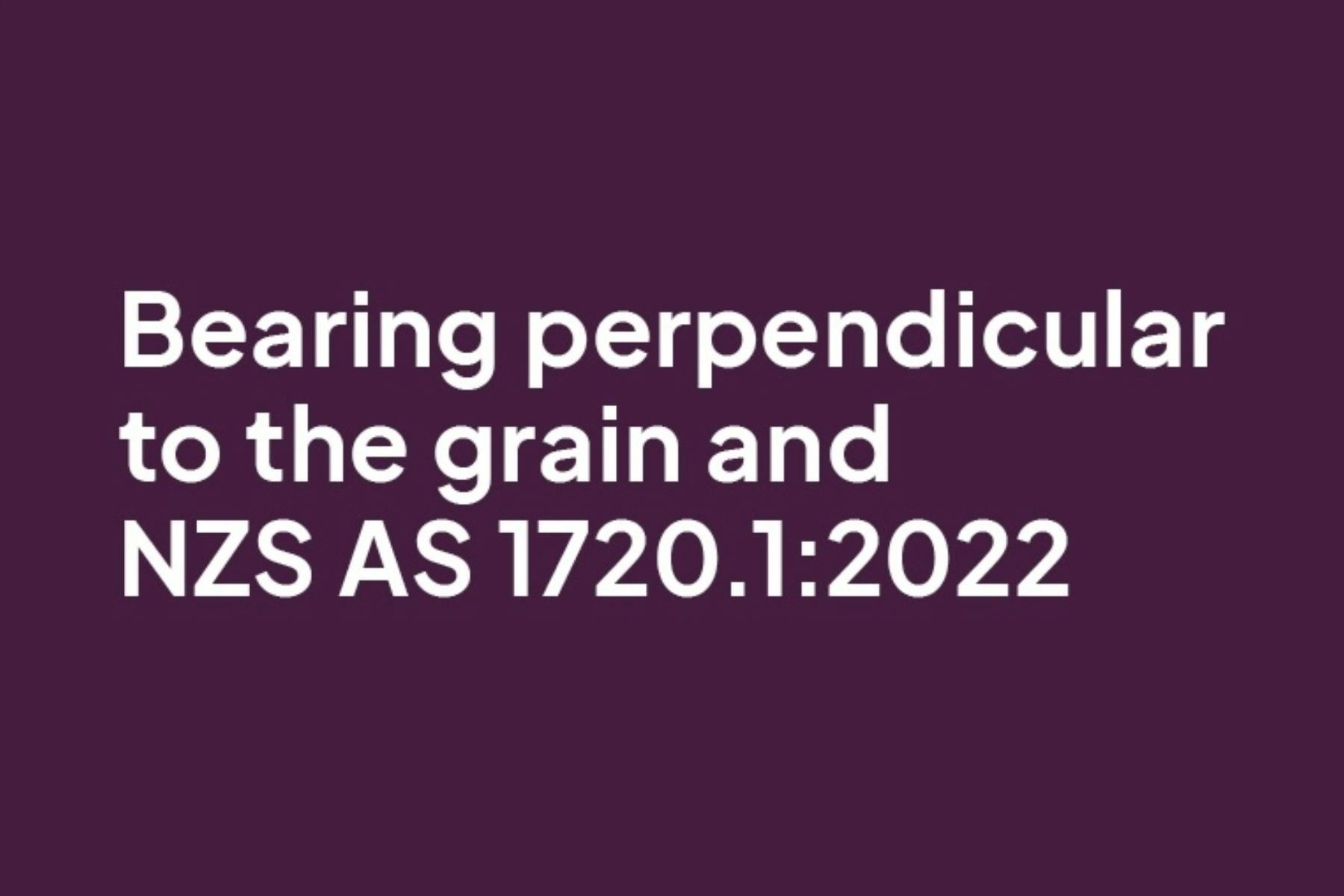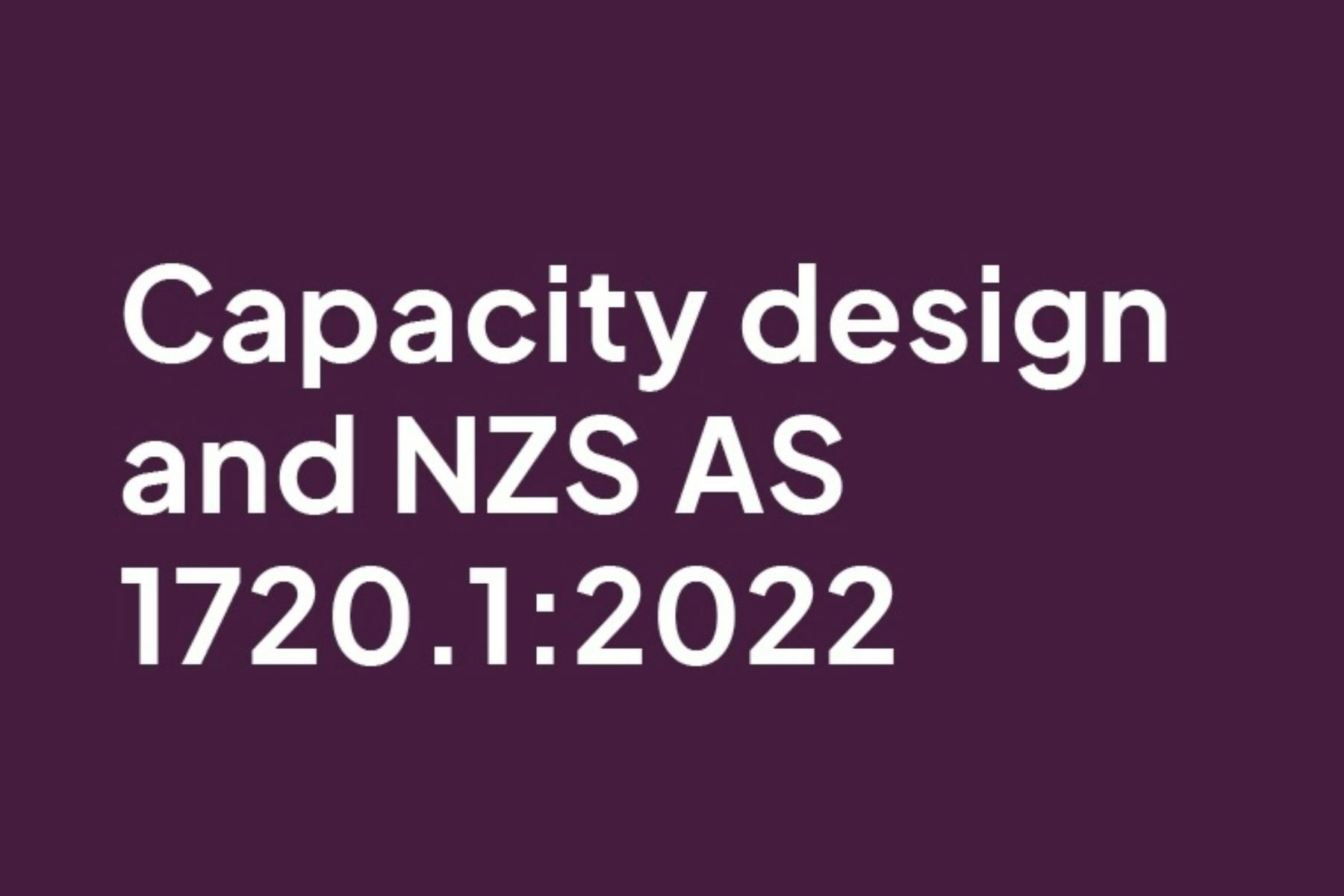In a joint effort to advance timber structure design and encourage greater utilisation of timber in construction, Timber Unlimited and the Timber Design Society (TDS) have partnered to enable quicker and broader access to essential New Zealand-focussed Technical Notes. By breaking down barriers and demystifying timber's use in structural design, these Technical Notes (available below) delve into and clarify specific design topics crucial for achieving excellence in robust timber design.
If you are actively involved in timber design and would like to get access to TDS membership and its associated benefits, visit the website here.





